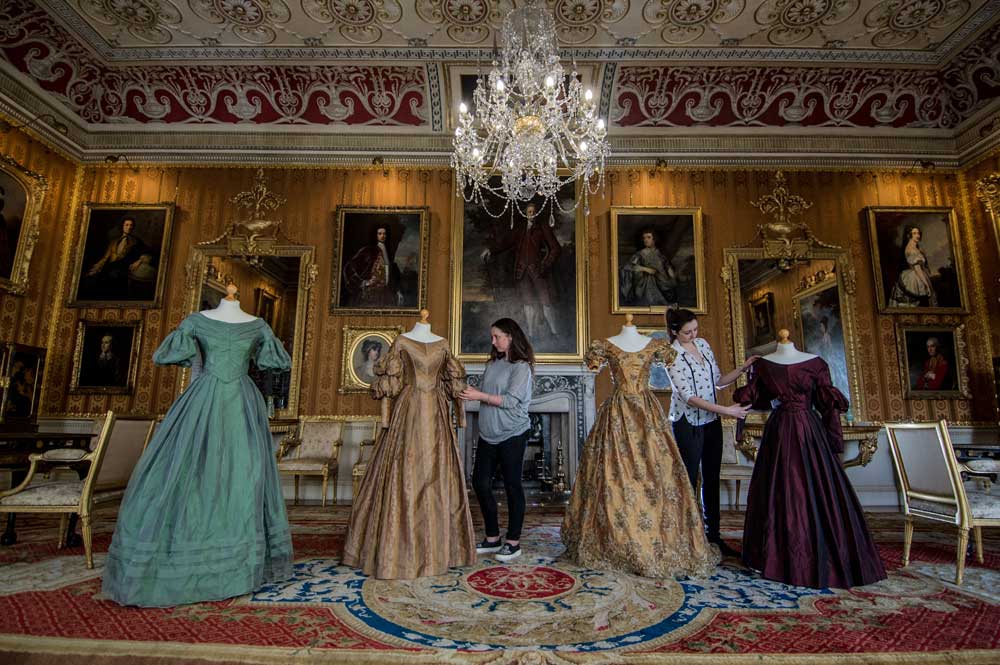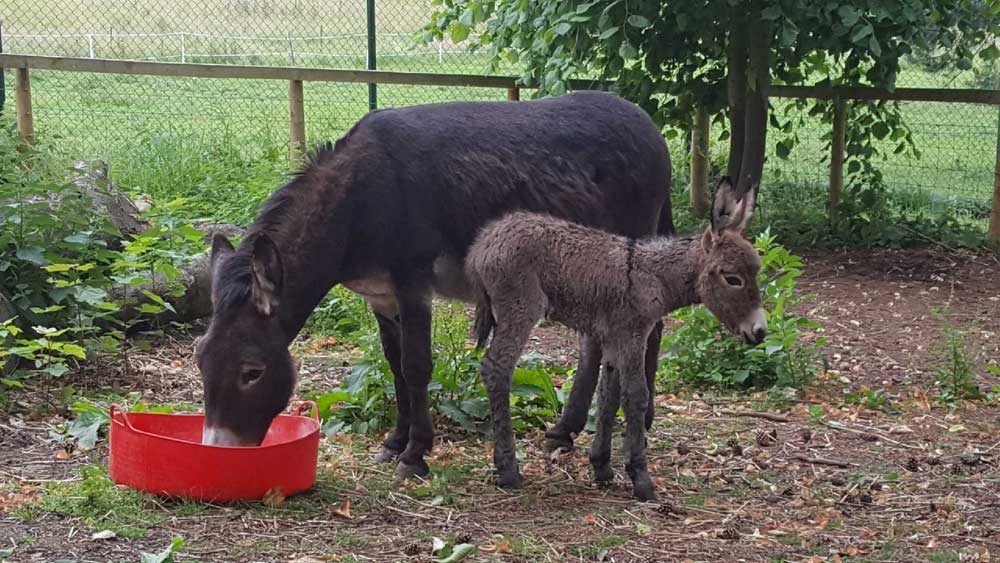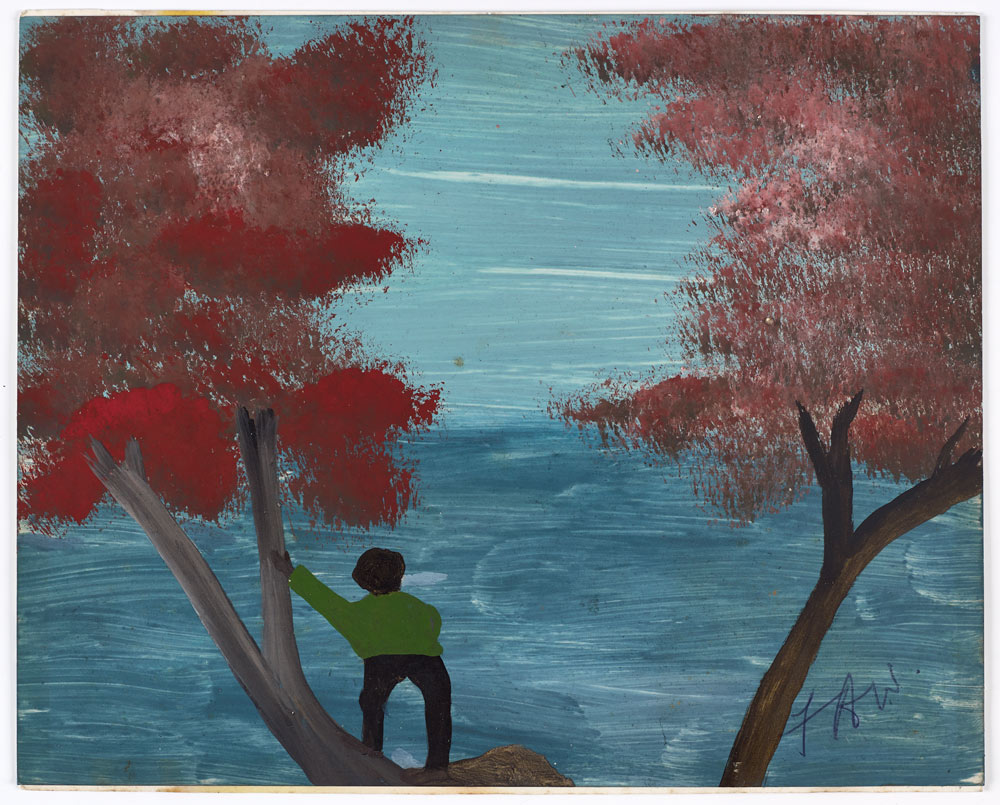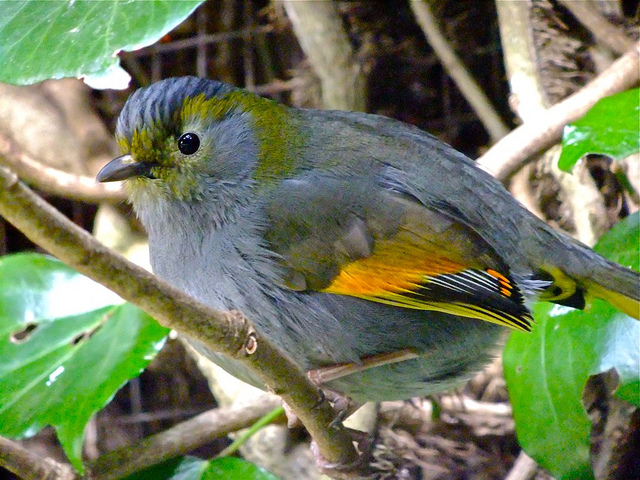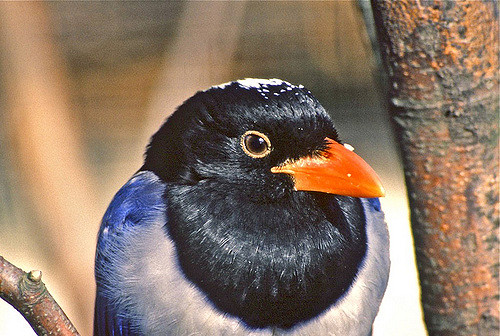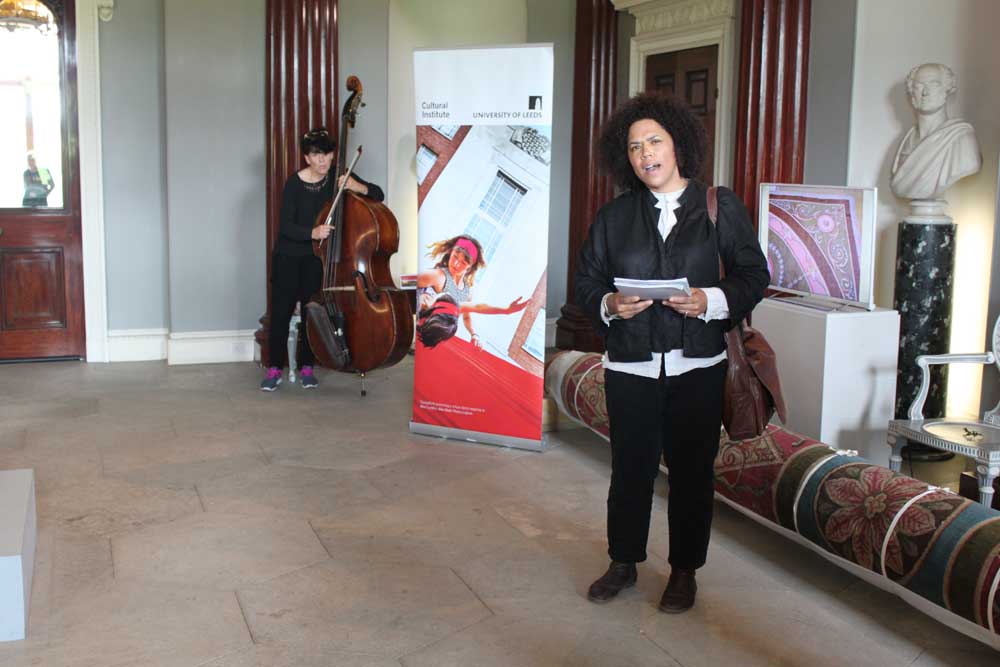As series 2 of ITV’s blockbuster drama Victoria airs, Harewood House Trust announces increased visitors numbers following the successful Victorian Harewood exhibitions inspired by the production which used Harewood as a key location. The major exhibitions have seen historically accurate costumes from the programme displayed in the house alongside personal objects owned by Queen Victoria.
Jane Marriott, Director of Harewood House Trust said: “2017 has been a fantastic year for Harewood House Trust. As a charity, we have a responsibility to preserve and protect Harewood and its collections; filming is an important revenue stream which helps this work continue.
To capitalise on the Victoria production, we have shaped our season around Harewood’s Victorian history; costumes from Victoria have been on display including the famous coronation gown worn by Jenna Coleman who plays Victoria in the programme. Alongside the stunning costumes, personal items owned by Queen Victoria, Charlotte Canning, Queen Victoria’s lady-in-waiting, and Lady Louisa, 3rd Countess of Harewood, have been displayed adding real authenticity to the exhibitions in the house.”
“The response has been incredibly positive and we have seen visitors to Harewood significantly increase compared to the same period last year.”
Harewood House has been transformed into Buckingham Palace for both series 1 and 2 of the programme. Many of the opulent rooms on the State Floor, the famous kitchens Below Stairs as well as exteriors of the house and parts of the Estate have been used in the production.
Jane Marriott said, “We are looking forward to series 2 and seeing Harewood on screen once again. We hope to see more visitors coming to Harewood before the Victoria costume exhibition and the Victorian Harewood displays close on 29th October.”
Jane Marriott said, “Watch out for our announcement this autumn for our new Christmas season extending our celebration of all things Victorian.”
